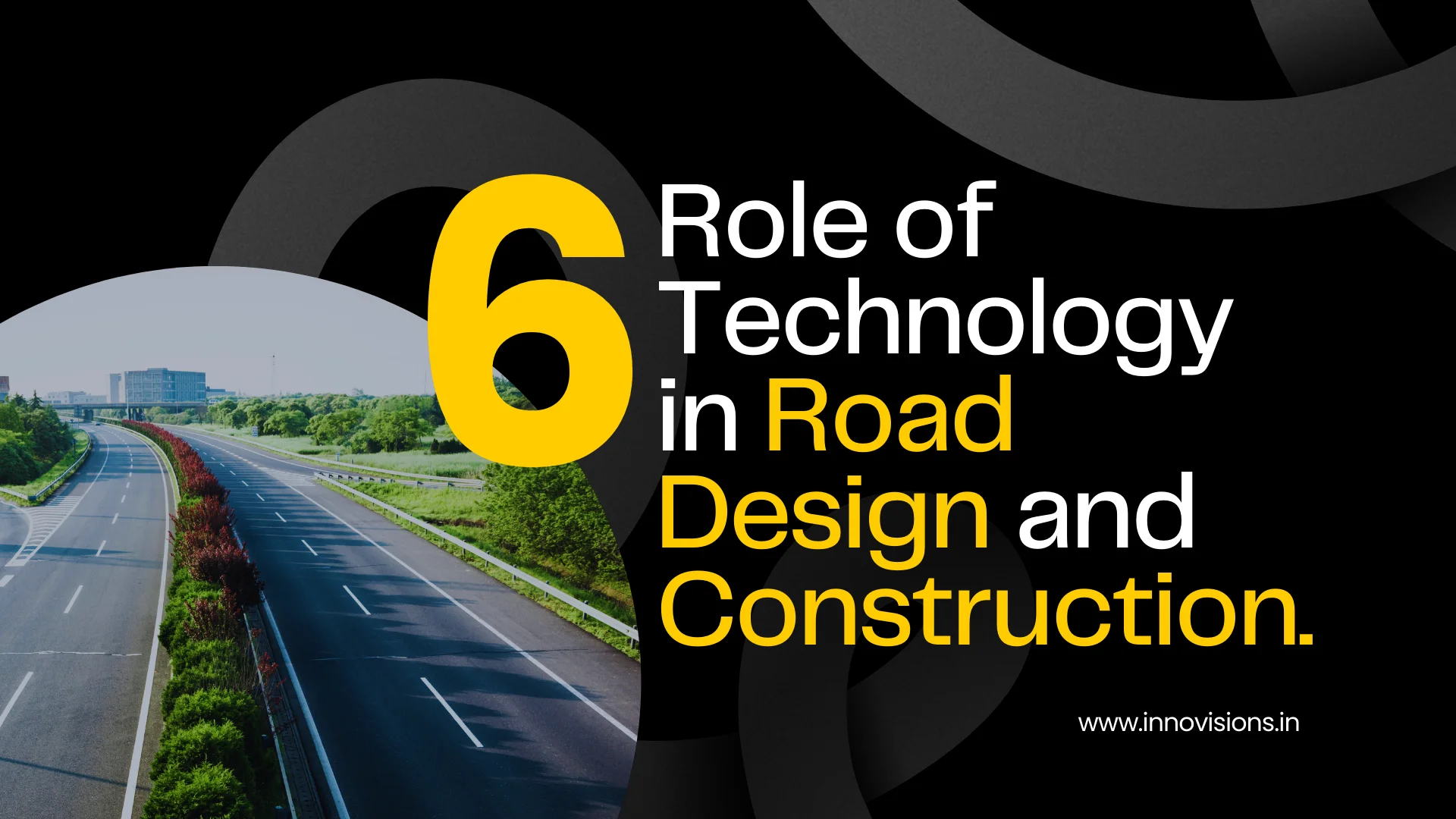Introduction:
Technology is revolutionizing the road design and construction industry, enhancing efficiency, precision, and sustainability. Advancements such as 3D modeling, drones, autonomous machinery, and data analytics have transformed traditional practices, enabling faster project delivery, improved safety, and enhanced environmental stewardship. This blog explores the role of technology in road design and construction and its transformative impact on the transportation industry.

1. 3D Modeling and Visualization:
The advent of 3D modeling software has significantly improved the road design process. Engineers and designers can create virtual models of road projects, allowing for better visualization and analysis of design elements. With 3D modeling, stakeholders can assess the impact of various design options, optimize road geometry, and identify potential conflicts or safety issues before construction begins. This technology streamlines the design process, reduces errors, and enhances communication among project teams.
2. Drones for Surveying and Mapping:
Unmanned aerial vehicles, commonly known as drones, have revolutionized surveying and mapping in road construction projects. Drones equipped with high-resolution cameras and LiDAR sensors can quickly and accurately capture topographic data, creating detailed maps and 3D models of project sites. This technology eliminates the need for traditional surveying methods, reduces costs, and improves the accuracy of data collection. Drones also enable regular site inspections, progress monitoring, and real-time updates, enhancing project management and decision-making.

3. Autonomous Machinery:
The emergence of autonomous machinery is transforming road construction practices. Self-driving construction vehicles, such as excavators and graders, equipped with advanced sensors, GPS, and intelligent algorithms, can perform tasks with precision and efficiency. These machines can follow pre-programmed routes, ensure consistent grading and compaction, and optimize material usage. The use of autonomous machinery reduces human error, enhances worker safety, and increases productivity, leading to faster project completion.
4. Data Analytics for Project Optimization:
Data analytics plays a crucial role in optimizing road design and construction projects. By collecting and analyzing vast amounts of data, including traffic patterns, material performance, and environmental factors, engineers can make informed decisions throughout the project lifecycle. Data-driven insights help in predicting maintenance needs, optimizing design parameters, and evaluating the long-term performance of road infrastructure. This proactive approach leads to cost savings, improved asset management, and more sustainable road networks.

5. Intelligent Traffic Management Systems:
Technology has also revolutionized traffic management systems, improving road safety and congestion management. Intelligent Traffic Management Systems (ITMS) utilize real-time data, including traffic flow, weather conditions, and incident alerts, to dynamically adjust traffic signal timings, optimize traffic flow, and provide accurate traveler information. This technology reduces congestion, improves travel times, and enhances road safety by enabling adaptive and responsive traffic control mechanisms.
6. Sustainability and Green Technologies:
Technology is driving sustainable practices in road design and construction. Innovative materials, such as recycled asphalt and eco-friendly construction products, are being utilized to reduce environmental impact. Additionally, green technologies like solar-powered street lighting, energy-efficient traffic signals, and rainwater harvesting systems are integrated into road infrastructure. These sustainable solutions promote energy efficiency, reduce carbon emissions, and contribute to a greener transportation industry.

Conclusion:
Technology has transformed the road design and construction industry, revolutionizing traditional practices and driving efficiency, precision, and sustainability. The integration of 3D modeling, drones, autonomous machinery, data analytics, and intelligent traffic management systems has enhanced the entire project lifecycle, from initial design to ongoing maintenance. By leveraging technology, the transportation industry can deliver projects faster, improve safety, optimize resources, and create more sustainable road networks for the future.


